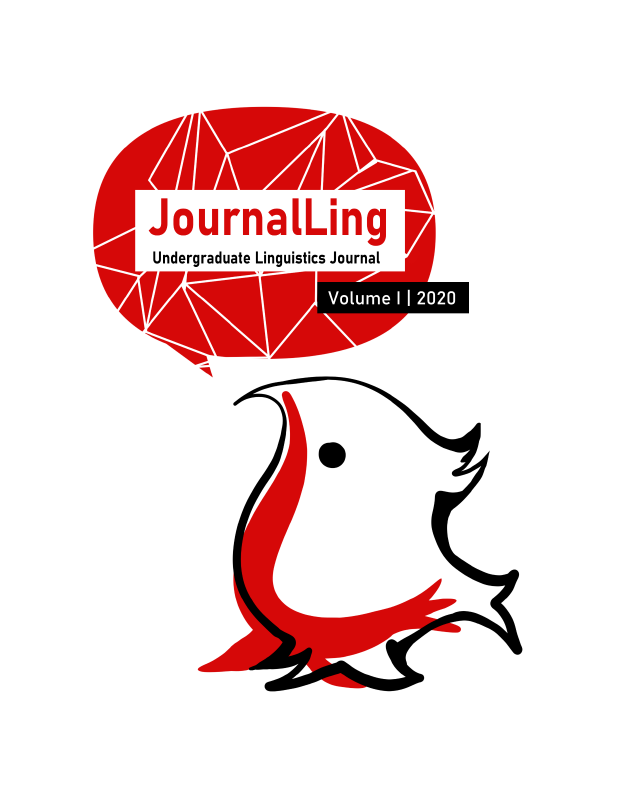Published 2020-12-31
Copyright (c) 2025 Nathan Dwyer

This work is licensed under a Creative Commons Attribution-NonCommercial-NoDerivatives 4.0 International License.
Abstract
This article investigates how Malagasy, an Austronesia language of
Madagascar, expresses path and manner in motion event
expressions, and situates Malagasy within a motion event typology
introduced by Talmy (1985) and expanded by Slobin (2004) and
Zlatev & Yangklang (2004). I argue that Malagasy is a verb-framed
language within Talmy’s (1991) verb framing/satellite-framing
typology. I examine Malagasy dual-verb constructions and show
points of comparison and contrast to canonical serial verb
constructions (SVCs). While it is debatable whether Malagasy dualverb
constructions are legitimate SVCs, I argue that Malagasy does
not align with a third category unique to SVC languages proposed by
Slobin (2004) and Zlatev & Yangklang (2004), but instead behaves as
a verb-framed language. Additionally, I examine a phenomenon in
verb-framed languages whereby the telicity of a path phrase changes
depending on whether the associated verb is a path verb.
Consequently, I propose a new definition of the boundary-crossing
constraint. This article constitutes the first investigation of Malagasy
motion event expressions in comparison with SVC languages and its
findings motivate a reconsideration of presumed universal
properties of motion event expressions in SVC languages.

